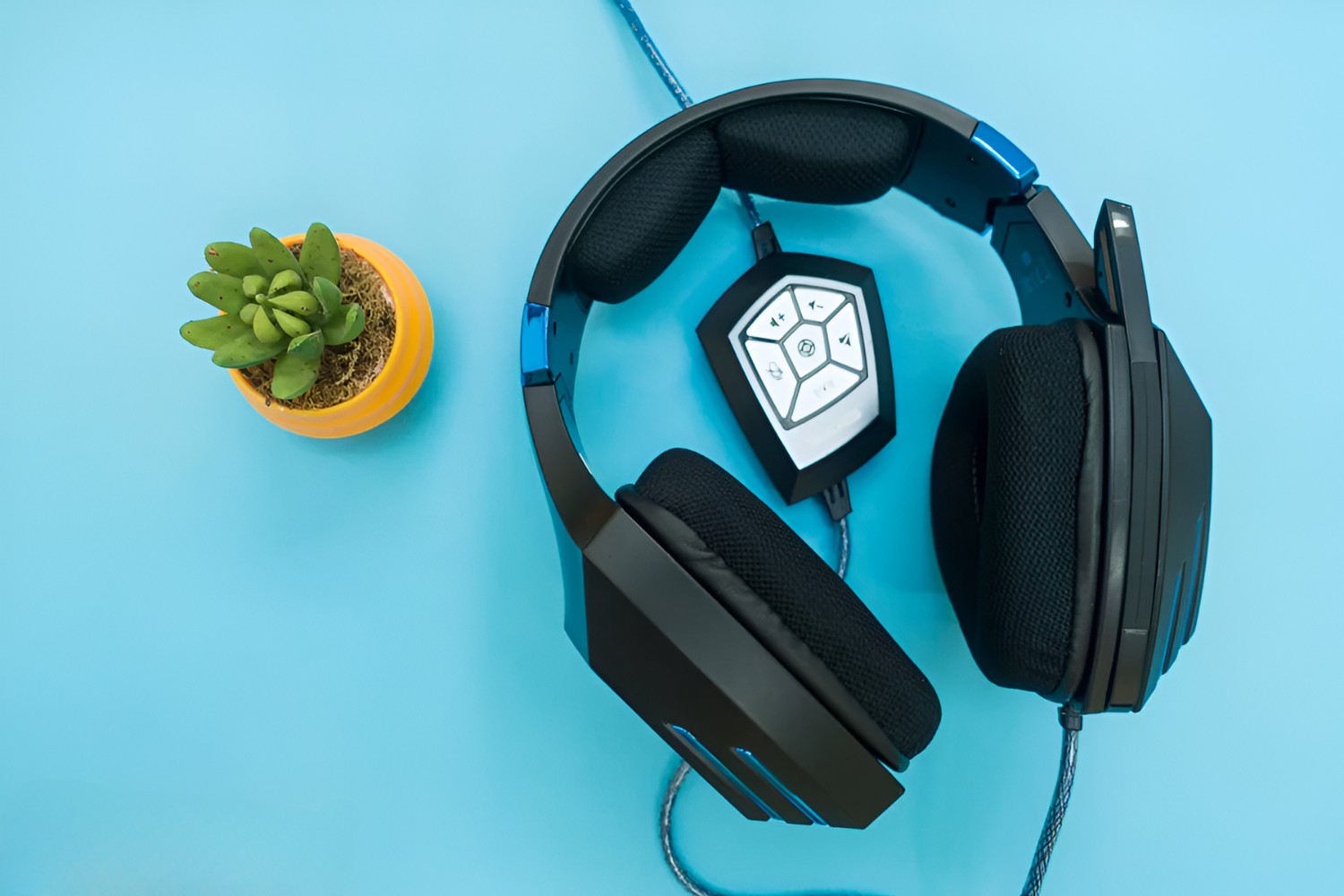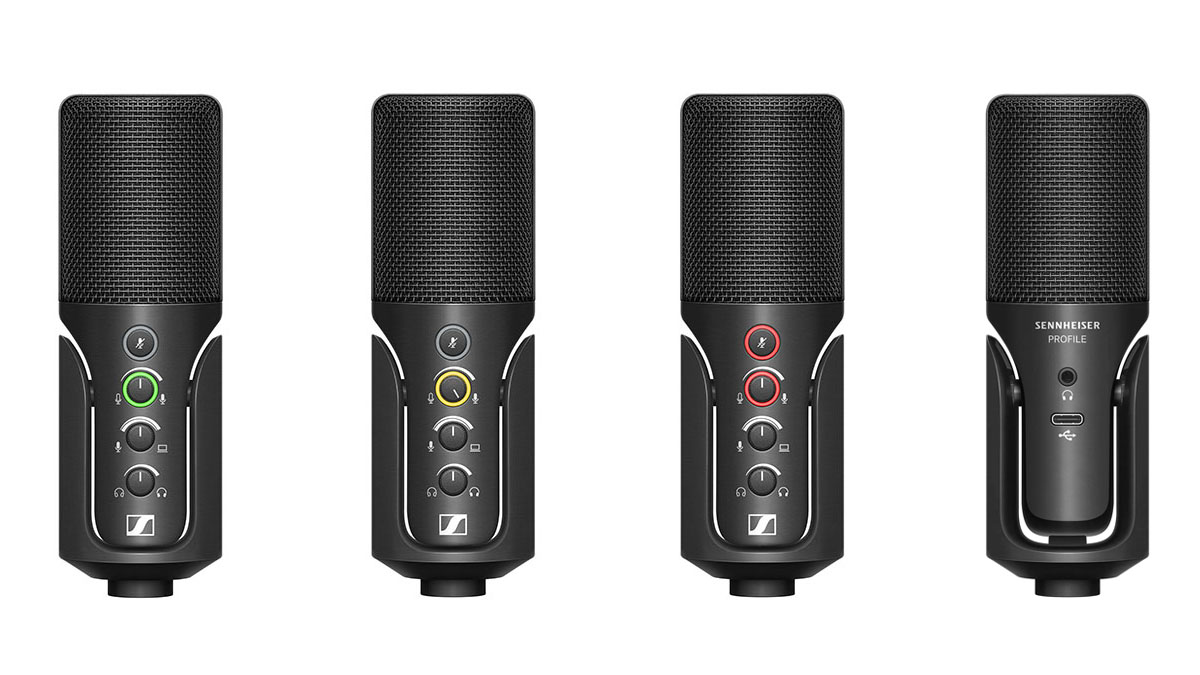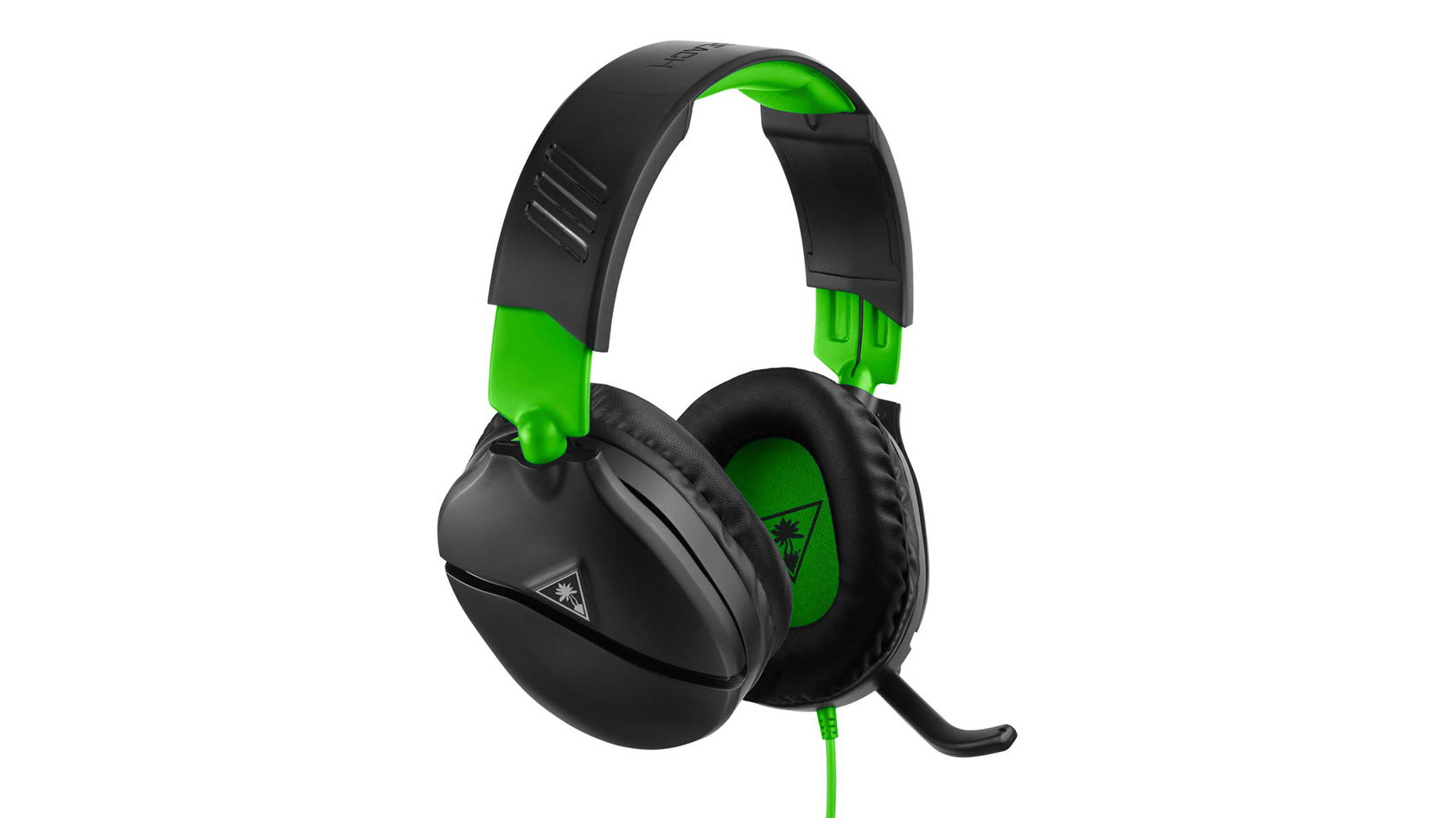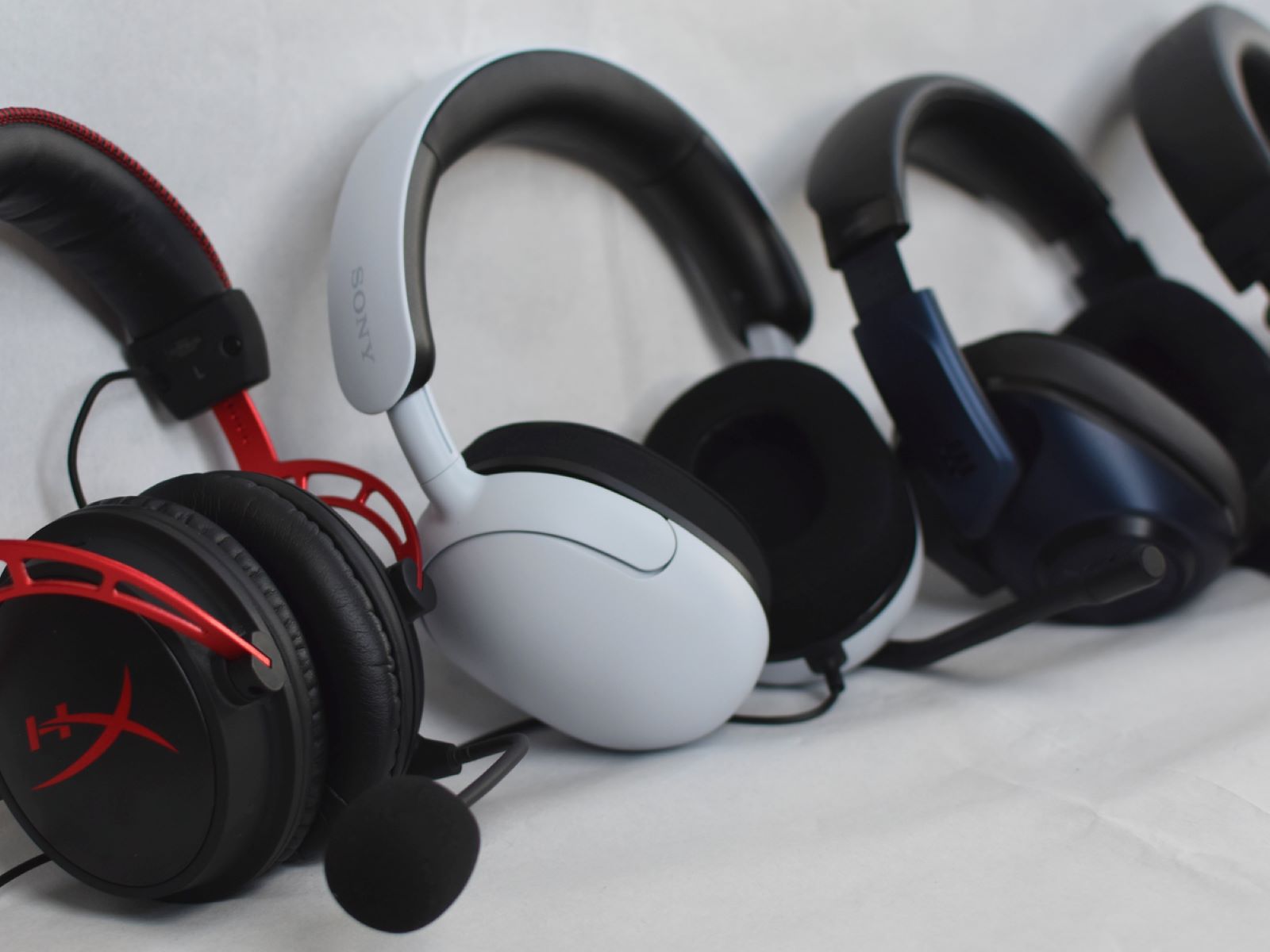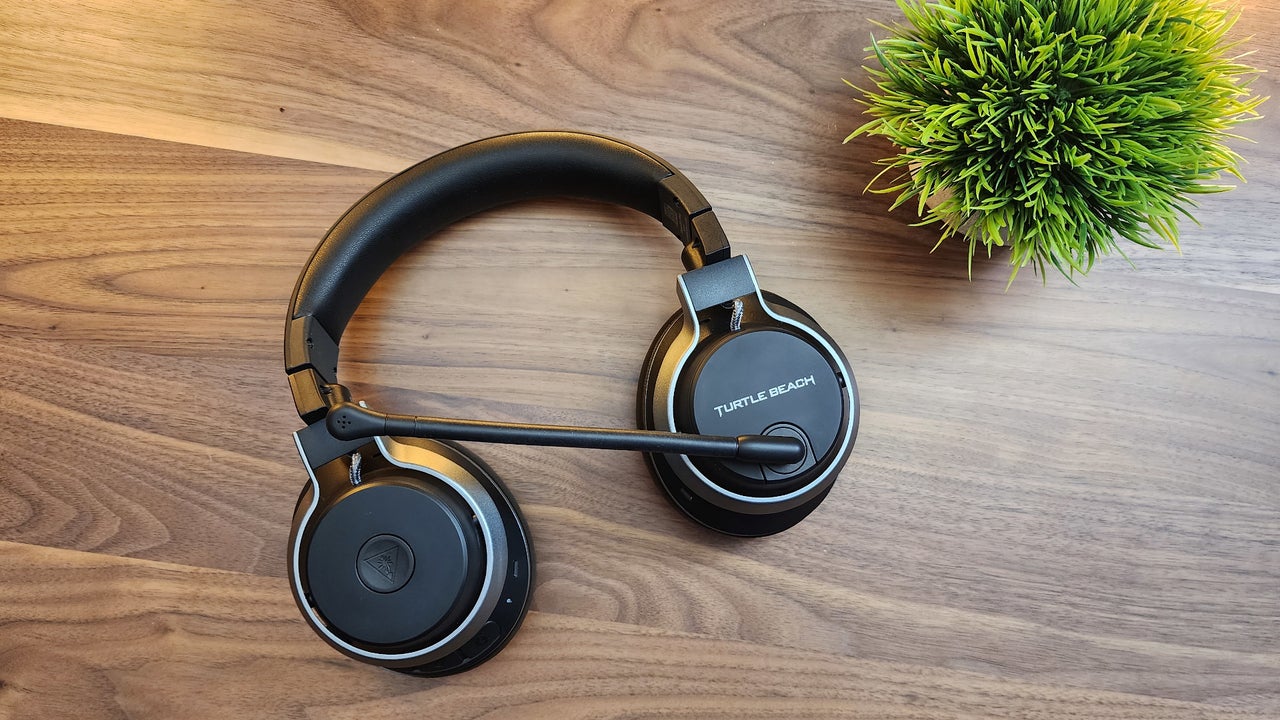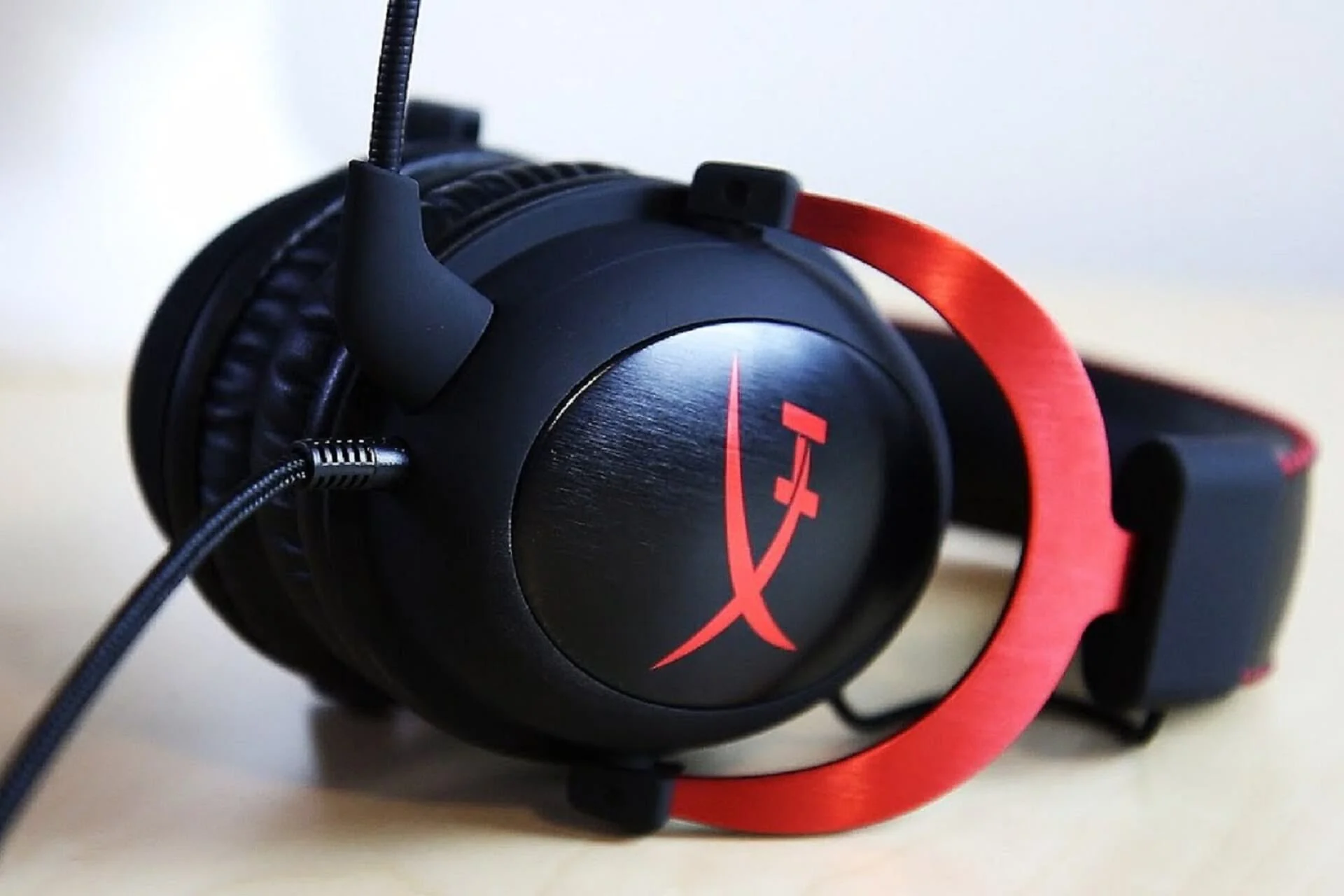Introduction
In today's fast-paced digital world, where technology plays a pivotal role in our daily lives, the demand for seamless audio experiences has skyrocketed. Whether you're an avid gamer, a music enthusiast, or someone who relies on video conferencing for work, the quality of your PC audio can significantly impact your overall experience. One common issue that many individuals encounter is the inability to achieve the desired volume levels on their headsets. This can be frustrating, especially when you're trying to immerse yourself in a game, enjoy your favorite tunes, or engage in important conversations.
The good news is that there are various methods and techniques to amplify the volume on your headset, allowing you to enjoy crystal-clear audio without any limitations. By exploring these options, you can unlock the full potential of your audio devices and elevate your overall multimedia experience. Whether you're a tech-savvy enthusiast or someone who's just dipping their toes into the realm of PC audio optimization, this guide will provide you with valuable insights and practical solutions to address the volume constraints you may be facing.
Throughout this article, we will delve into the intricacies of PC audio and explore the different avenues through which you can enhance the volume output on your headset. From adjusting system settings to leveraging third-party software and even considering hardware upgrades, we will equip you with the knowledge and tools necessary to overcome any audio limitations you may encounter. By the time you reach the end of this guide, you'll be well-equipped to tackle the challenge of increasing the volume on your headset with confidence and ease.
So, if you've ever found yourself struggling to achieve the desired audio levels on your PC, fear not – this comprehensive resource is tailored to address your concerns and empower you to optimize your audio experience. Let's embark on this journey to unlock the full potential of your PC audio and elevate your multimedia endeavors to new heights.
Understanding PC Audio
When it comes to PC audio, understanding the underlying components and mechanisms is crucial for optimizing your overall audio experience. PC audio encompasses a broad spectrum of technologies and functionalities, all of which contribute to the delivery of sound from your computer to your headset. At its core, PC audio revolves around the transmission, processing, and reproduction of audio signals, with the primary goal of providing users with high-quality, immersive sound output.
The foundation of PC audio lies in the sound card, a hardware component responsible for converting digital data into analog signals that can be interpreted by speakers or headphones. Modern PCs often integrate sound cards directly into the motherboard, offering built-in audio capabilities that cater to the average user's needs. However, for enthusiasts and audiophiles seeking enhanced audio performance, dedicated sound cards or external digital-to-analog converters (DACs) can be employed to elevate the audio fidelity to new heights.
In addition to the hardware aspect, PC audio is heavily reliant on software drivers and audio processing algorithms. These drivers facilitate communication between the operating system and the sound card, ensuring seamless audio playback and enabling users to customize various audio settings. Moreover, advanced audio processing technologies, such as virtual surround sound and equalization, play a pivotal role in shaping the sonic characteristics of the audio output, allowing for a tailored and immersive listening experience.
Furthermore, the proliferation of digital audio formats and streaming services has revolutionized the way we consume and interact with audio content on PCs. From high-resolution audio files to real-time communication applications, the versatility and complexity of PC audio have expanded exponentially, presenting users with a myriad of options and considerations when it comes to optimizing their audio setups.
Understanding the intricacies of PC audio empowers users to make informed decisions when seeking to amplify the volume on their headsets. By grasping the interplay between hardware, software, and digital audio technologies, individuals can navigate the landscape of PC audio with confidence, paving the way for a truly enriching and immersive audio experience.
In the next sections, we will delve into specific methods and techniques to increase the volume on your headset, leveraging this foundational understanding of PC audio to tailor our approach for optimal results.
Methods to Increase Volume on Your Headset
When it comes to boosting the volume on your headset, several effective methods can be employed to enhance your audio experience. Whether you're aiming to achieve greater clarity during intense gaming sessions, immerse yourself in a cinematic audio environment, or simply enjoy your favorite music with enhanced richness and depth, the following techniques offer practical solutions to amplify the volume output on your headset.
Adjusting System Settings
One of the simplest and most accessible ways to increase the volume on your headset is by adjusting the system settings on your PC. Within the operating system's audio settings, you can often find volume controls that allow you to boost the overall output level. Additionally, exploring the specific audio settings related to your headset or sound card can reveal options for fine-tuning the volume and audio enhancements. By navigating to the sound settings panel, you can adjust the volume levels, enable enhancements such as equalization or spatial sound, and customize the audio output to suit your preferences.
Using Third-Party Software
For users seeking more advanced audio customization options, third-party software applications can serve as powerful tools for increasing the volume on their headsets. Audio equalizers, for example, provide granular control over the frequency response of your audio output, allowing you to amplify specific frequency ranges to achieve a more pronounced and impactful sound. Additionally, virtual sound processing software can simulate surround sound environments, expanding the spatial dimension of your audio and creating a more immersive listening experience. By exploring the diverse range of audio software available, users can tailor their audio output to match their specific preferences and elevate the volume output on their headsets.
Upgrading Your Hardware
In some cases, hardware upgrades may be necessary to achieve a substantial increase in volume output on your headset. Upgrading to a high-fidelity sound card or investing in an external DAC can significantly enhance the audio capabilities of your PC, delivering cleaner, more powerful audio signals to your headset. Furthermore, opting for a premium-quality headset with superior drivers and amplification can elevate the overall volume and audio fidelity, ensuring a more immersive and impactful listening experience. By considering hardware upgrades, users can unlock the full potential of their audio setup and enjoy heightened volume levels with unparalleled clarity and richness.
By leveraging these methods, individuals can effectively increase the volume on their headsets, unlocking the full potential of their audio devices and immersing themselves in a world of captivating sound. Whether through software adjustments, hardware upgrades, or a combination of both, the pursuit of enhanced volume levels on your headset is within reach, offering a pathway to a truly immersive and engaging audio experience.
Adjusting System Settings
Adjusting system settings is a fundamental and accessible method to increase the volume on your headset, offering users the flexibility to fine-tune their audio output within the operating system environment. By navigating to the sound settings panel, users can access a range of options that directly impact the volume and audio characteristics of their headsets.
One of the primary avenues for adjusting system settings is through the volume controls provided within the operating system's audio settings. These controls enable users to amplify the overall output level, providing a straightforward solution for increasing the volume on their headsets. By simply adjusting the volume slider, users can immediately boost the audio output, allowing for a more impactful and immersive listening experience.
Furthermore, exploring the specific audio settings related to the headset or sound card can unveil additional customization options. Within these settings, users may find enhancements such as equalization, spatial sound, or audio presets, all of which contribute to shaping the sonic characteristics of the audio output. By leveraging these options, users can tailor the audio profile to their preferences, amplifying specific frequency ranges or enabling spatial enhancements to create a more immersive audio environment.
Additionally, some operating systems offer advanced audio settings that allow for the customization of audio effects and enhancements. This includes options for virtual surround sound, room correction, and sound normalization, which can significantly impact the spatial and dynamic qualities of the audio output. By exploring these settings, users can fine-tune their audio experience, amplifying the volume and optimizing the overall sonic presentation to align with their preferences and usage scenarios.
In essence, adjusting system settings provides users with a versatile and accessible approach to increasing the volume on their headsets. By leveraging the volume controls, exploring specific audio settings, and customizing audio enhancements within the operating system, individuals can elevate their audio experience, unlocking the full potential of their headsets and immersing themselves in a world of captivating sound.
Using Third-Party Software
When it comes to expanding the horizons of audio customization and control, leveraging third-party software applications stands out as a powerful and versatile approach to increasing the volume on your headset. These software solutions offer a wealth of advanced features and functionalities, empowering users to tailor their audio output with precision and finesse.
One of the key offerings of third-party software is the inclusion of audio equalizers, which serve as invaluable tools for shaping the frequency response of the audio output. With a comprehensive equalizer interface, users can manipulate specific frequency bands, amplifying or attenuating them to achieve a more balanced and impactful sound profile. This level of granular control allows for targeted volume amplification, ensuring that the desired frequency ranges are emphasized to deliver a more pronounced and immersive audio experience.
Furthermore, virtual sound processing software plays a pivotal role in creating a spatially expansive audio environment. By simulating surround sound and spatial audio effects, these applications elevate the perceived volume and immerse users in a captivating sonic landscape. Whether it's the simulation of a concert hall, a movie theater, or a gaming arena, virtual sound processing software enhances the spatial dimension of the audio, resulting in a more enveloping and dynamic listening experience.
In addition to equalizers and virtual sound processing, third-party software often integrates advanced audio effects and enhancements, such as reverb, compression, and dynamic range control. These effects can be utilized to amplify the perceived volume of the audio output, adding depth, richness, and impact to the sound. By exploring the diverse range of audio software available, users can access a plethora of tools to fine-tune their audio output, amplify the volume on their headsets, and tailor the sonic characteristics to match their preferences and usage scenarios.
In essence, the utilization of third-party software opens up a world of possibilities for audio customization and volume amplification. By harnessing the capabilities of these software applications, users can transcend the limitations of standard audio settings, unlocking a realm of precision, control, and immersion. Whether it's through the manipulation of frequency response, the simulation of spatial audio environments, or the integration of advanced audio effects, third-party software serves as a catalyst for elevating the volume on your headset and sculpting a truly captivating audio experience.
Upgrading Your Hardware
When seeking a substantial increase in volume output and audio fidelity, upgrading your hardware can serve as a transformative solution, unlocking the full potential of your PC audio setup. By investing in high-quality components and peripherals, users can elevate their audio experience to new heights, achieving heightened volume levels, enhanced clarity, and a more immersive sonic landscape.
One of the primary considerations when upgrading hardware for improved audio performance is the sound card. While many modern motherboards integrate sound cards that cater to the average user's audio needs, dedicated sound cards or external digital-to-analog converters (DACs) offer a significant leap in audio quality and volume capabilities. These specialized components are designed to deliver cleaner, more powerful audio signals to your headset, resulting in a more impactful and immersive listening experience. By upgrading to a high-fidelity sound card or integrating an external DAC into your audio setup, you can unlock the full potential of your headset, experiencing heightened volume levels with unparalleled clarity and richness.
Furthermore, the choice of headset plays a pivotal role in determining the volume and audio fidelity of your PC audio setup. Premium-quality headsets with superior drivers, amplification, and sound isolation capabilities can significantly enhance the volume output and overall audio experience. Investing in a high-fidelity headset tailored to your usage scenarios, whether it's gaming, music production, or content creation, ensures that you can enjoy crystal-clear audio with immersive depth and impact. By upgrading to a superior headset, users can unlock the full sonic potential of their audio setup, achieving heightened volume levels and a truly captivating listening experience.
In addition to sound cards and headsets, the inclusion of amplifiers and powered speakers can further amplify the volume output of your PC audio setup. Amplifiers provide the necessary power to drive high-impedance headphones, ensuring that users can achieve optimal volume levels without compromising audio quality. Similarly, powered speakers offer a robust and impactful audio output, creating a dynamic and immersive listening environment. By integrating amplifiers and powered speakers into your audio setup, you can elevate the volume and sonic characteristics of your PC audio, immersing yourself in a world of captivating sound.
In essence, upgrading your hardware presents a compelling pathway to achieving a substantial increase in volume output and audio fidelity on your PC. Whether through the integration of high-fidelity sound cards, premium-quality headsets, amplifiers, or powered speakers, users can unlock the full potential of their audio setup, elevating their multimedia endeavors to new heights of immersion and impact.
Conclusion
In conclusion, the quest to increase the volume on your headset is a journey marked by versatility, innovation, and empowerment. Throughout this comprehensive guide, we have explored the intricacies of PC audio and delved into practical methods and techniques to amplify the volume output on your headset. From adjusting system settings to leveraging third-party software and considering hardware upgrades, users have been equipped with a diverse array of tools and strategies to optimize their audio experiences.
By understanding the foundational elements of PC audio, including the interplay between hardware, software, and digital audio technologies, individuals are empowered to make informed decisions and tailor their audio setups to match their preferences and usage scenarios. The ability to navigate system settings, harness the capabilities of third-party software, and explore hardware upgrades underscores the dynamic and multifaceted nature of PC audio optimization, offering users a wealth of options to achieve heightened volume levels and immersive sonic experiences.
Adjusting system settings represents a fundamental and accessible approach to increasing the volume on your headset, providing users with the flexibility to fine-tune their audio output within the operating system environment. By leveraging volume controls, exploring specific audio settings, and customizing audio enhancements, individuals can elevate their audio experience, unlocking the full potential of their headsets and immersing themselves in a world of captivating sound.
Furthermore, the utilization of third-party software serves as a catalyst for expanding the horizons of audio customization and volume amplification. With advanced features such as audio equalizers, virtual sound processing, and a plethora of audio effects, users can transcend the limitations of standard audio settings, unlocking a realm of precision, control, and immersion. The integration of third-party software empowers individuals to sculpt a truly captivating audio experience, amplifying the volume on their headsets with finesse and precision.
Moreover, the consideration of hardware upgrades presents a transformative solution for achieving a substantial increase in volume output and audio fidelity. By investing in high-quality sound cards, premium-quality headsets, amplifiers, and powered speakers, users can unlock the full potential of their audio setups, experiencing heightened volume levels, enhanced clarity, and a more immersive sonic landscape.
In essence, the pursuit of increased volume on your headset transcends a mere technical endeavor; it embodies the desire for a truly immersive and impactful audio experience. By embracing the diverse methods and techniques outlined in this guide, individuals can embark on a journey of audio optimization, unlocking the full sonic potential of their PC audio setups and immersing themselves in a world of captivating sound.










